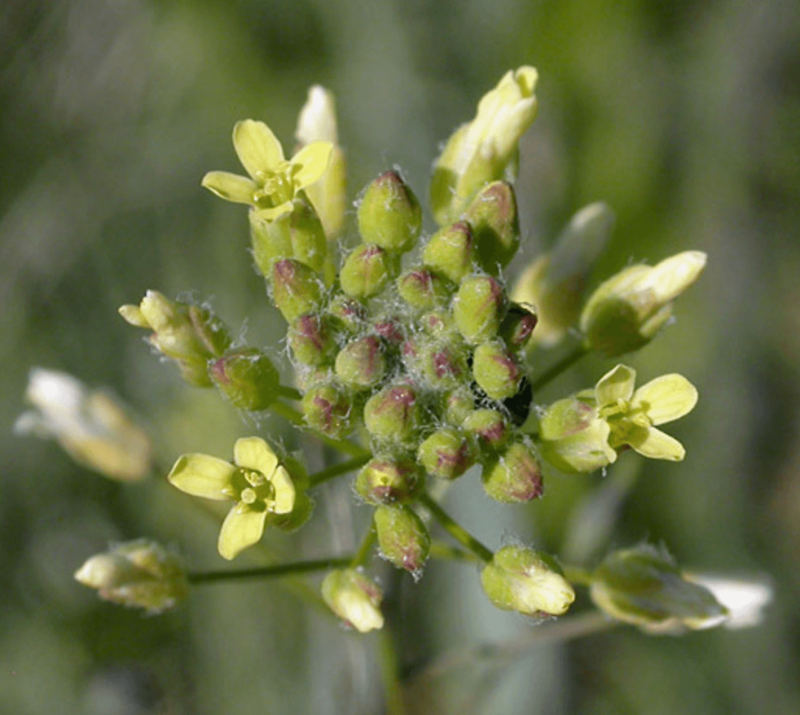A variety of camelina that’s gene-edited to increase oil content can be grown without undergoing the USDA’s regulatory process for biotech crops.
[Note: Camelina sativa is a flowering plant in the family Brassicaceae, which is part of the mustard and cabbage family.]
The agency has determined the camelina cultivar doesn’t pose a plant pest risk, which means it’s outside the USDA’s regulatory jurisdiction over genetically modified organisms, or GMOs.
The crop’s developer, Yield10 Bioscience, relied on a technology known as CRISPR to “knock out” a gene from camelina, eliminating a biological plant activity, thereby allowing it to produce more oil, said Kristi Snell, the company’s chief science officer.
…
Because the gene-edited cultivar isn’t regulated by USDA, the company can move seeds across state lines and conduct field trials without obtaining a permit, Snell said.
“It really helps shorten the timeline and the cost,” she said.
Yield10 doesn’t aim to become a seed producer, so it would likely license the trait to another company for commercialization, Snell said.
Using CRISPR to alter genes doesn’t fall under USDA’s regulatory purview, but the views of trading partners, such as the European Union, are still evolving, said Snell.
“The jury is still out in these foreign countries,” she said.
The reaction of export markets to gene-edited crops will become apparent once they’re grown on a commercial scale, said Mary Boote, executive director of the Global Farmer Network, which advocates for biotechnology and trade.
The GLP aggregated and excerpted this article to reflect the diversity of news, opinion and analysis. Read full, original post: Gene-edited camelina cleared by USDA































